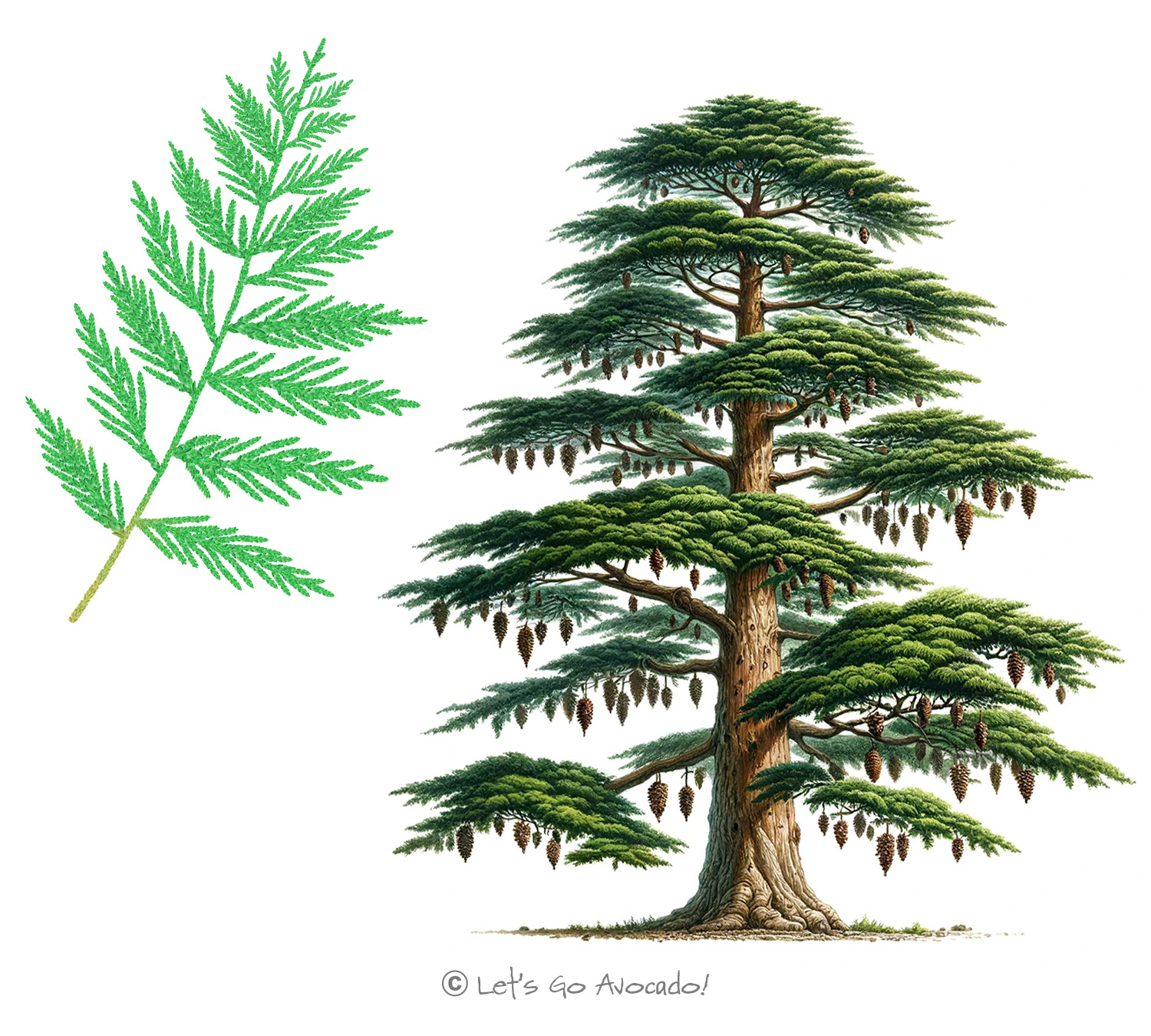The Western Red Cedar Tree: A Towering Forest Guardian
Imagine a tree so tall that you have to tilt your head way back to see the top. That’s the Western Red Cedar, or Thuja plicata! This giant tree is a superstar in the forests of the Pacific Northwest in North America. It’s not just big and tall; it’s also really important for the forest and the animals that live there. Let’s take a closer look at this awesome tree.
Why the Western Red Cedar is Cool
The Western Red Cedar has a bunch of neat features. Its bark is reddish-brown and peels off in long, thin strips. The leaves are small, scaly, and form flat sprays, and they have a nice, woodsy smell if you crush them. In the late spring, the tree makes small cones that look a bit like tiny wooden roses.
How Gigantic Does It Get?
This tree is a real giant in the forest. The Western Red Cedar can grow up to 200 feet tall (about 60 meters) – that’s taller than a 15-story building! And it’s not just tall; it’s also wide, with a trunk that can be as much as 13 feet (4 meters) in diameter. That’s wider than a car!
The Life of a Western Red Cedar
The Western Red Cedar loves cool, damp places, like near rivers and in rainy forests. It grows really slowly but can live for a very long time – some are over a thousand years old! Its wood is super special because it’s strong and resists rot, which is why people have used it for building things for a long, long time.
Why This Tree is Super Important
The Western Red Cedar is like a big, green superhero for the forest. Its roots help keep the soil from washing away, and its branches and leaves give homes to birds and squirrels. Plus, when its leaves fall and break down, they make the soil even better for other plants to grow.
Can This Tree Handle Tough Stuff?
Yes! The Western Red Cedar is tough and can handle different kinds of weather. It’s really good at living in places that are wet and don’t get a lot of sun, which is perfect for the rainy forests where it likes to grow.
People and the Western Red Cedar
People have been using the Western Red Cedar for a very long time. Native Americans called it the “tree of life” because they used it for so many things, like building houses, canoes, and even making clothes! Today, people still use its wood for building and in gardens because it’s so strong and beautiful.
The Western Red Cedar tree is an amazing part of the forest. It helps keep the forest healthy, gives animals a place to live, and has been super useful to people for hundreds of years.
Every tree in the forest has its own special job. Keep exploring and learning about trees, and you’ll find out how each one is important and cool in its own way!










